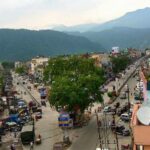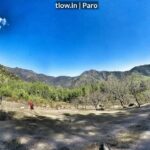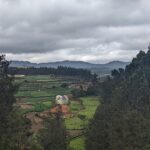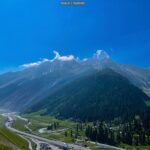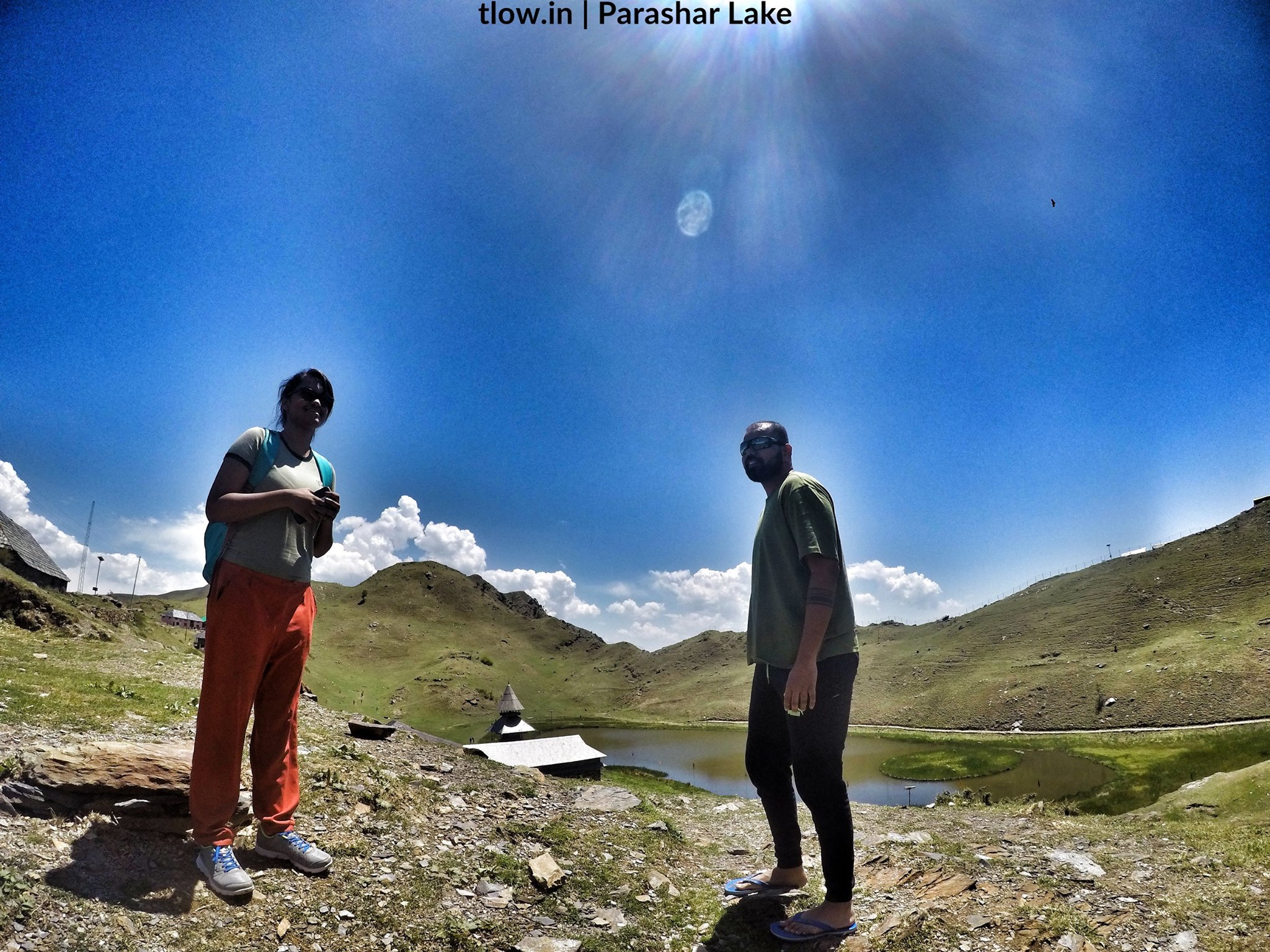
Altitude Sickness: Causes, symptoms & precautions
Altitude sickness is also known as Acute Mountain Sickness (AMS) is the most common problem faced by travellers when there is a change in altitude. Most travellers take this issue very lightly and do not take necessary precautions while travelling. This leads to a lot of strain on one’s health and can be fatal too. You cannot judge who will be affected by altitude sickness so the best thing to do is be prepared beforehand. People who directly fly to higher are at a greater risk of getting altitude sickness compared to the ones who travel by road.
Table of Contents
What causes Altitude sickness?
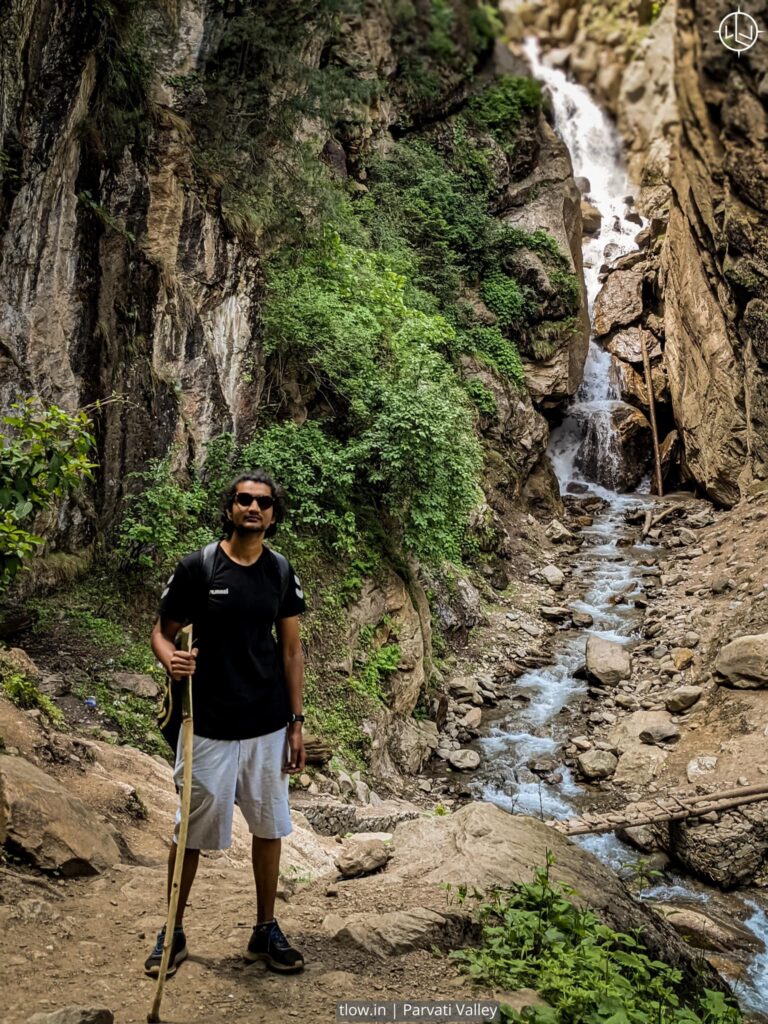
- In simple words, as you travel to a higher altitude the percentage of oxygen decreases in the atmosphere and you start getting sick.
- The percentage of oxygen remains unchanged till 2,400 meters (8,000 feet) so a traveller is all fine till they touch 2,400 meters.
- Dehydration is another cause of AMS as the water vapor from the lungs starts to evaporate.
- Most commonly occurs due to a rapid ascend in altitude.
Symptoms
The most common symptoms of are as follows:
- Headache
- Stomach illness
- Fatigue
- Dizziness
- Sleep disturbance
- Lack of appetite
- Nausea
- Vomiting
- Lightheadedness
- Insomnia
- Shortness of breath
- Nosebleed
- Persistent rapid pulse
- Drowsiness
- Swelling of hands, feet and face
These are some of the most common symptoms . Exerting yourself while facing these symptoms will aggravate the issue and cause bigger problems. It usually subsides in two to three days after the ascent and very rarely do they become into a more serious illness. The severe symptoms are explained further in this article.
Severe symptoms:
- Shortness of breath even while resting
- Fever
- Symptoms similar to bronchitis
- Dry cough
- Swelling up of the brain (cerebral edema)
- Increased nausea
- Blurred vision
- Gradual loss of consciousness
- Headache that does not respond to medicines
If one is facing these severe symptoms they should be rushed to a hospital immediately and given proper treatment.
Precautions:
There are three efficient ways to prevent altitude sickness and they are as listed below:
1. Acclimatization
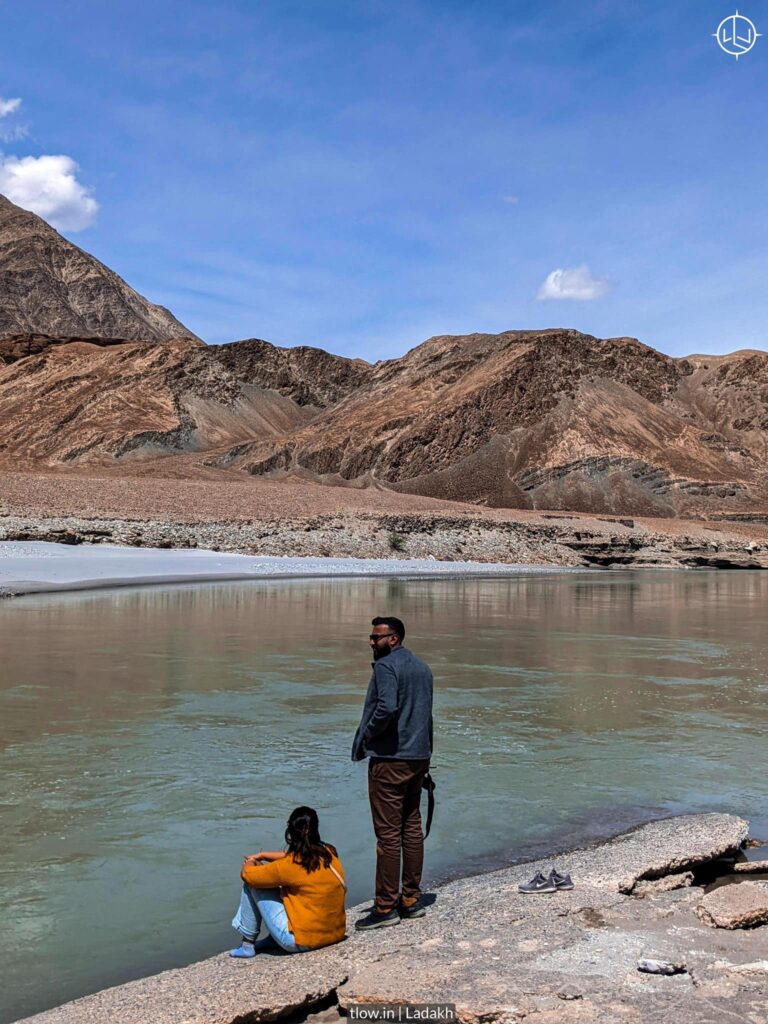
Make sure you take time off to acclimatize when you travel to higher. Once you reach a destination with an higher than 2,400 meters (8,000 feet) make sure to stay indoors, rest there and then take little walks around so that the higher doesn’t take a toll on your body. By doing so your body will adjust to the environment in a day or two and you won’t face any issues.
2. Carry proper medicines
Before doing a trip to a high altitude region, make sure to visit a doctor, do a thorough check-up and ask the doctor for medicines in case you are hit by altitude sickness.
3. Oxygen enrichment
Always make sure to carry a supplement of oxygen enrichment so it can stabilize the effects of altitude sickness on a person. Most drivers and locals always have these stored with them for kids and old people on such trips. They are of great help and very effective.
4. Hydration
Make sure to keep drinking small amounts of water as it helps to cope with altitude sickness. Also, do not drink excessive amount of water as that will make you feel nauseated.
These are some ways to prevent altitude sickness and its best to be well educated about this sickness if you are planning a trip to the mountains soon.
For a similar experience, >>Click here

